SUMMARY
This is AI generated summarization, which may have errors. For context, always refer to the full article.
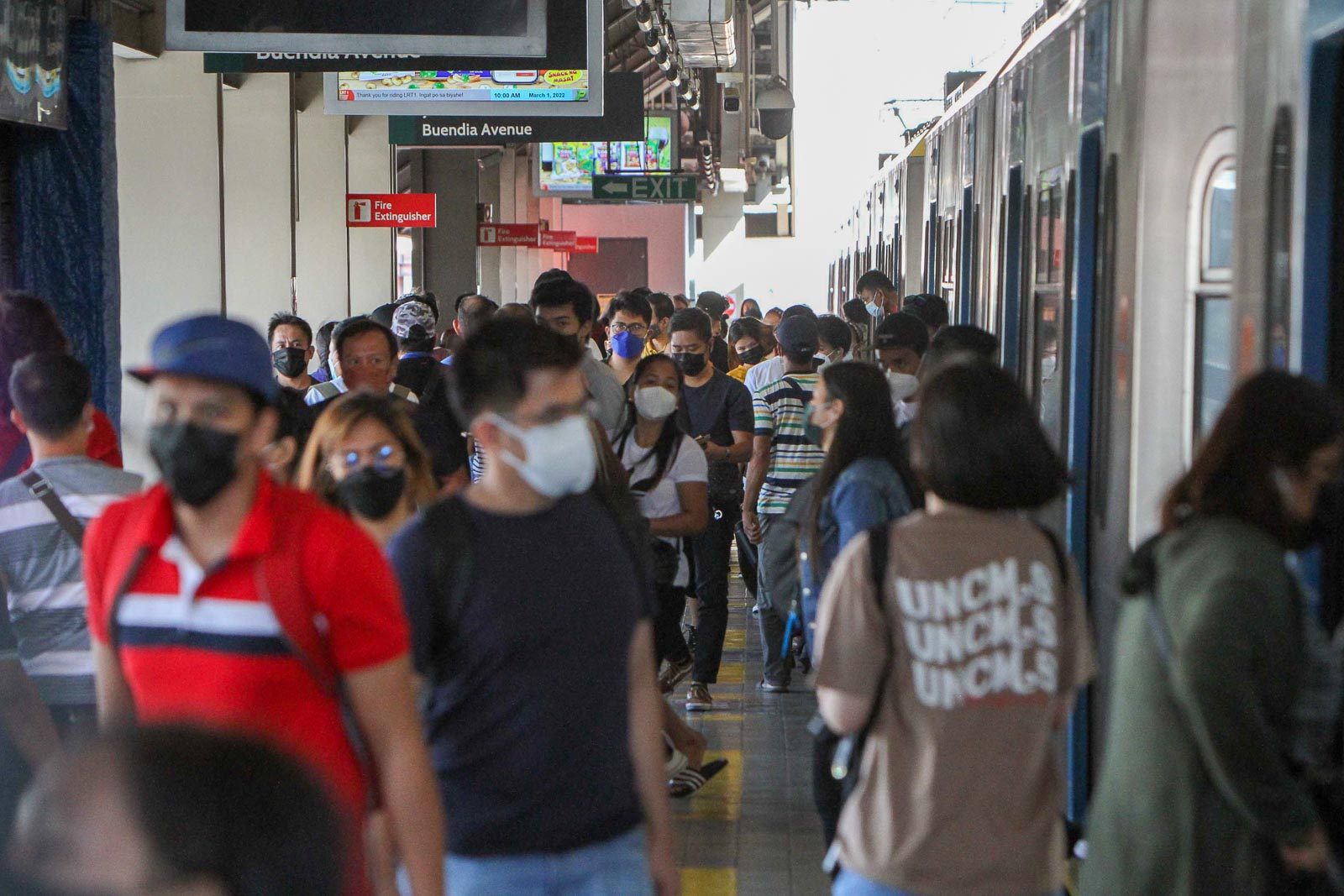
Coronavirus infections continue to decline in the Philippines, with an average of some 1,000 cases reported each day the past week. That number is about 3% of the recent peak in cases seen in mid-January.
A year into the government’s vaccine drive, around 56.5% of the Philippines’ total population is fully vaccinated.
Here’s what we’re watching this week of March 6, 2022:
Pandemic’s mental toll
A recent scientific brief from the World Health Organization (WHO) found that global prevalence of anxiety and depression increased by a massive 25% in the first year of the COVID-19 pandemic.
- One “major explanation” was the “unprecedented stress” of isolation and how it hampered one’s ability to work and seek support from communities and loved ones.
- “Loneliness, fear of infection, suffering and death for oneself and for loved ones, grief after bereavement and financial worries have also all been cited as stressors leading to anxiety and depression. Among health workers, exhaustion has been a major trigger for suicidal thinking,” the WHO said.
- The brief likewise found that young people and women were the hardest hit.
- Gaps in mental health care and access to it were exacerbated by the pandemic, which severely disrupted all kind of health services. The WHO noted this somewhat improved by the end of 2021, but “today too many people remain unable to get the care and support they need for both pre-existing and newly developed mental health conditions.”
- “While the pandemic has generated interest in and concern for mental health, it has also revealed historical under-investment in mental health services. Countries must act urgently,” said Dévora Kestel, WHO Director of the Department of Mental Health and Substance Use.
- As more and more governments seek to carve a path to return to normalcy, recovery from the pandemic should include addressing the impact of the past two years on mental health of populations.
- Strengthening health systems will need to incorporate plans to invest in better access to mental health care, not only hospitals, manpower, and treatment. Workplaces and schools will need to take into account how the pandemic has impacted groups as more of the world reopens.
Masks, isolation, and Omicron
A small study done by the United States Centers for Disease Control and Prevention (CDC) found that masking and isolation helped to reduce the risks of spreading COVID-19 in a household even during the surge driven by the Omicron variant.
- The study highlights and reinforces how effective masking and isolation can be even in the context of a highly contagious variant like Omicron.
- Just think back to when it seemed like almost everyone knew a person who had COVID-19 in January 2020 – it was almost expected that when someone in one household got infected, the likelihood that others sharing the same space would get the virus too. Findings from the CDC showed this wasn’t so certain.
- Aside from masking and observing isolation, vaccination helped to markedly lower risks.
- The New York Times (NYT) summarized what the CDC found:
- “When the first infected person was fully vaccinated, only about 44% of household members developed Covid, compared with 64% when the infected person was unvaccinated.”
- On isolation: “When the original infected household member stayed in a room alone at least some of the time, only 41% of other members of the household became infected, compared with 68% in situations without isolation.”
- On masks: “Masking by the infected person helped, too, reducing the likelihood of transmission to 40% from 69%.”
- Findings were based on interviews on infection histories and vaccination of 183 households across four states, where a person became infected with Omicron from November 2021 to early February 2022.
- Data from the small study are helpful for countries like the Philippines, where testing is costly and inaccessible and just 56% of the population is fully vaccinated. It emphasizes the importance of layering protection – from getting vaccinated to still practicing health protocols, especially in the context of Omicron.
The latest on kids’ vaccination
Two recent studies were released on the effectiveness of Pifzer’s vaccine for kids aged 12 to 17 and 5 to 11 years old in the US, among the few so far to provide some “real world” evidence of the performance of shots among these age groups.
- The two studies were done and released separately: the first, from scientists at New York State Department of Health and Albany School of Public Health (yet to be peer-reviewed); and the second, from the CDC.
- Here’s what they found from the New York State study: vaccine effectiveness (VE) against infection waned significantly over time and at a faster rate for 5 to 11-year-olds than those aged 12 to 17. Data was gathered during a period when Omicron was fast replacing other variants (December 13, 2021, to January 30, 2022).
- In particular, “two-dose vaccine protection against infection for kids aged 5 to 11 declined from 68% to 12%; the vaccine’s effectiveness at preventing hospitalization declined from 100% to 48%,” STAT News reported.
- For those aged 12 to 17: “Two-dose protection against infection for children aged 12 to 17 only dropped from 66% to 51%, and protection against hospitalization from 85% to 73%.”
- But the CDC study showed otherwise: While two doses of the Pfizer shot don’t seem to be very protective against an Omicron infection for kids in both groups, protection against severe disease still holds up. There was also no suggestion of rapid waning for 5-to-11-year-olds.
- Unlike the New York State study, the CDC’s findings came from a longer period of time, with data collected form 10 states from April 9, 2021, to January 29, 2022. Scientists examined 39,217 emergency department and urgent care encounters, as well as 1,699 hospitalizations among non-immunocompromised children aged 5–17 years-old.
- Plus, a third shot puts the effectiveness against these outcomes back up to 81%.
- How do we make sense of these numbers?
- First, waning is not surprising. We’ve known for a while now that vaccine effectiveness reduces over time, especially in light of Omicron.
- Dosage may also matter. One thing that sets apart the 12 to 17 and 5 to 11 age groups is that those 12 and up get a jab with 30 micrograms of vaccine while the 5 to 11 group gets 10 micrograms.
- Third, boosters may be needed for kids too, not just adults. Expert panels in the Philippines are expected to meet soon to discuss whether an additional shot is needed for minors.
- But, let’s not forget the primary goal of vaccines is to prevent against severe disease and death. As of the moment, effectiveness against hospitalization is still holding up.
Catch up quick: Metro Manila and 38 other areas in the Philippines shifted to “Alert Level 1” or what government considered as the “new normal” until the virus becomes endemic in the country. Rappler summarized what changes and what stays the same in this guide:
– Rappler.com
Add a comment
How does this make you feel?
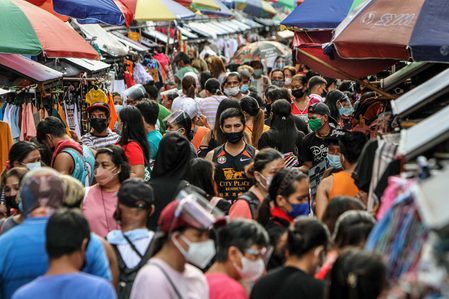
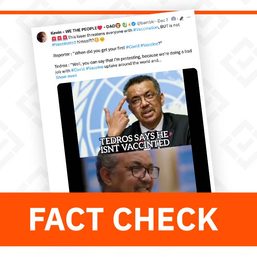
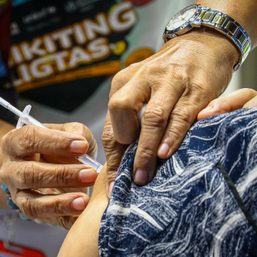
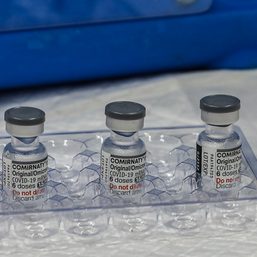

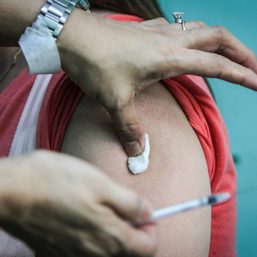
![[Two Pronged] I think I’m bipolar – can I handle it without medication?](https://www.rappler.com/tachyon/2024/03/two-pronged-BiPolar-Disorder-without-meds.jpg?resize=257%2C257&crop=250px%2C0px%2C720px%2C720px)



![[Bodymind] Rising above adverse country experiences under Duterte](https://www.rappler.com/tachyon/2024/03/duterte-country-experiences-mar-15-2024-2.jpg?resize=257%2C257&crop=305px%2C0px%2C720px%2C720px)
There are no comments yet. Add your comment to start the conversation.